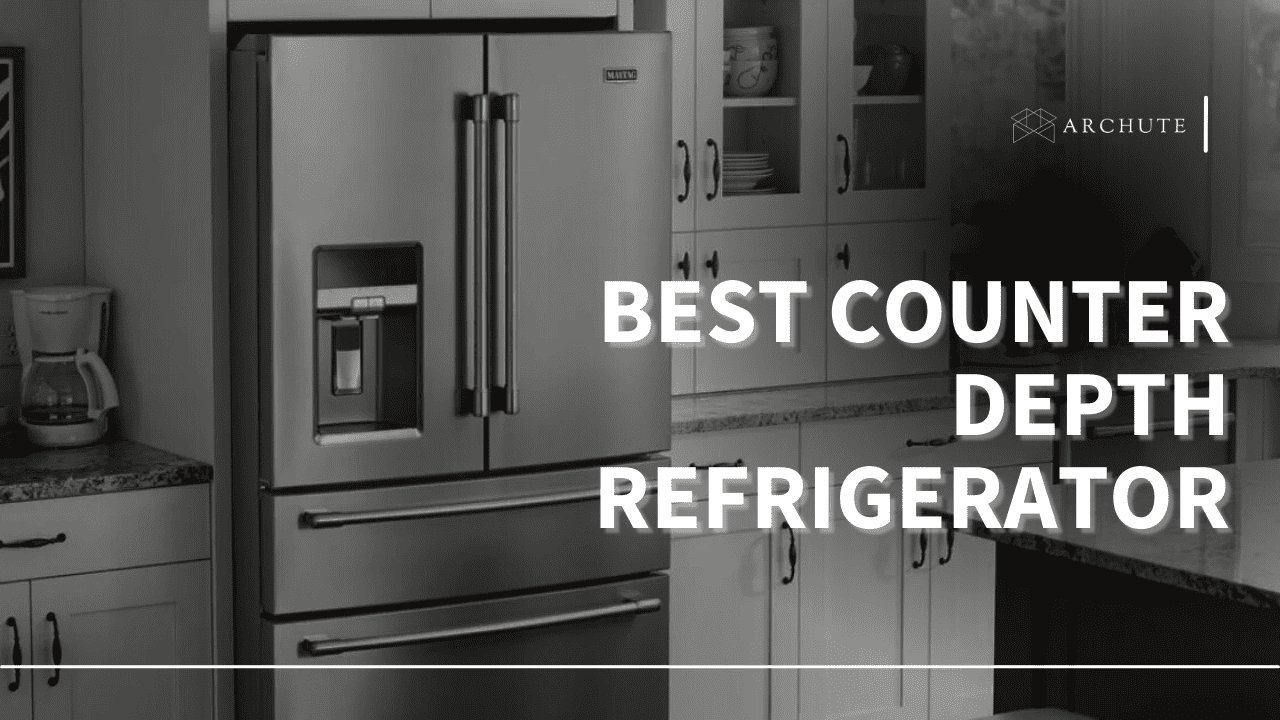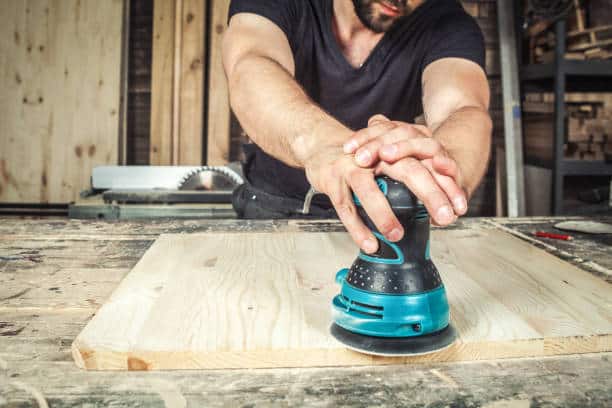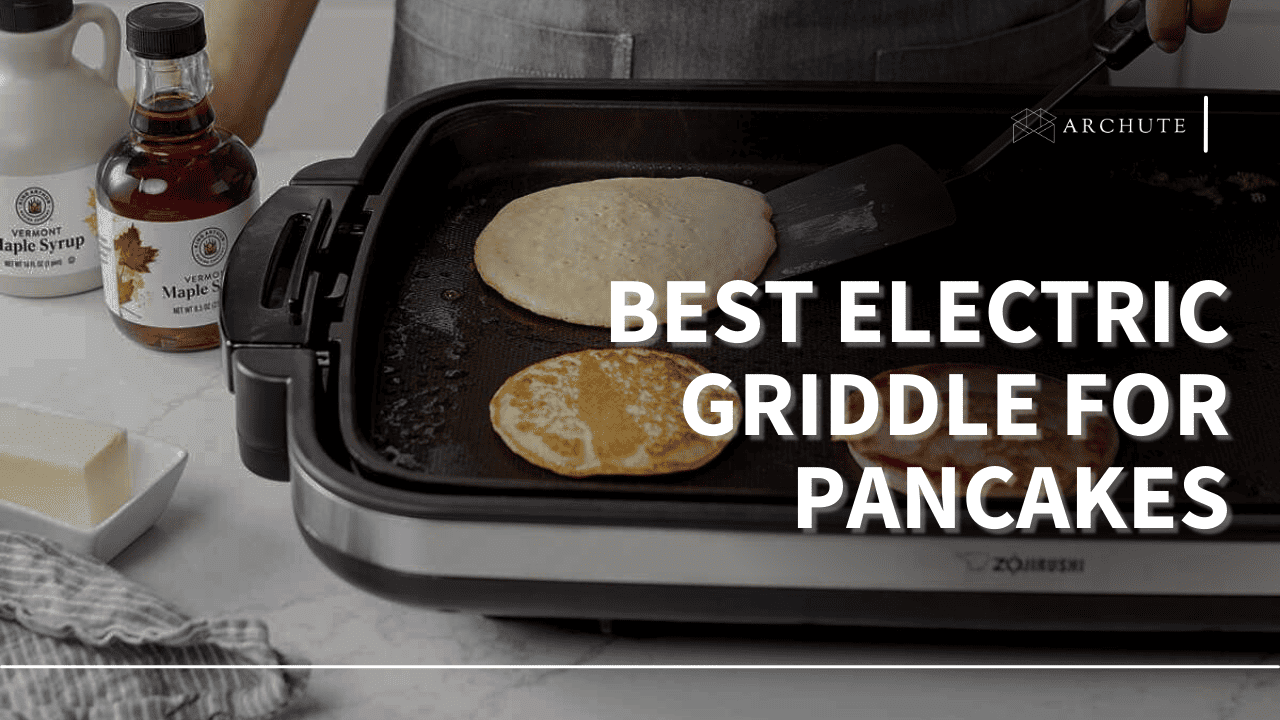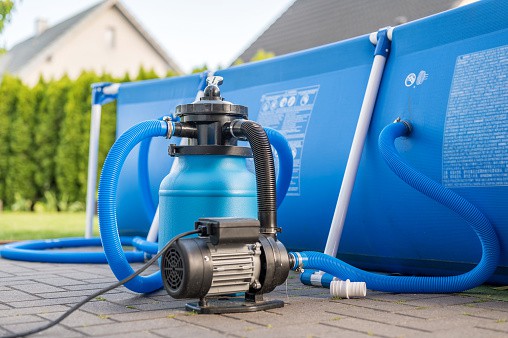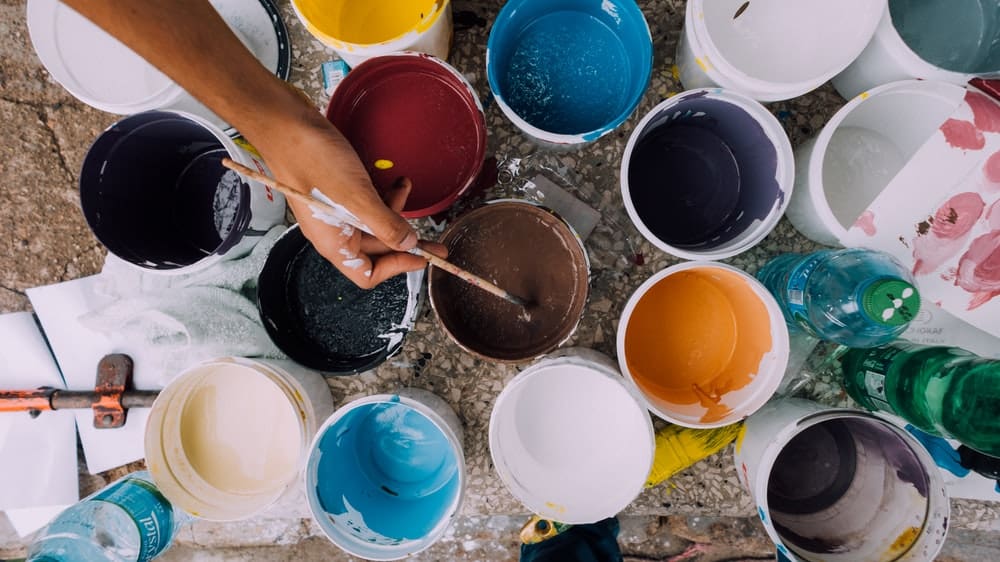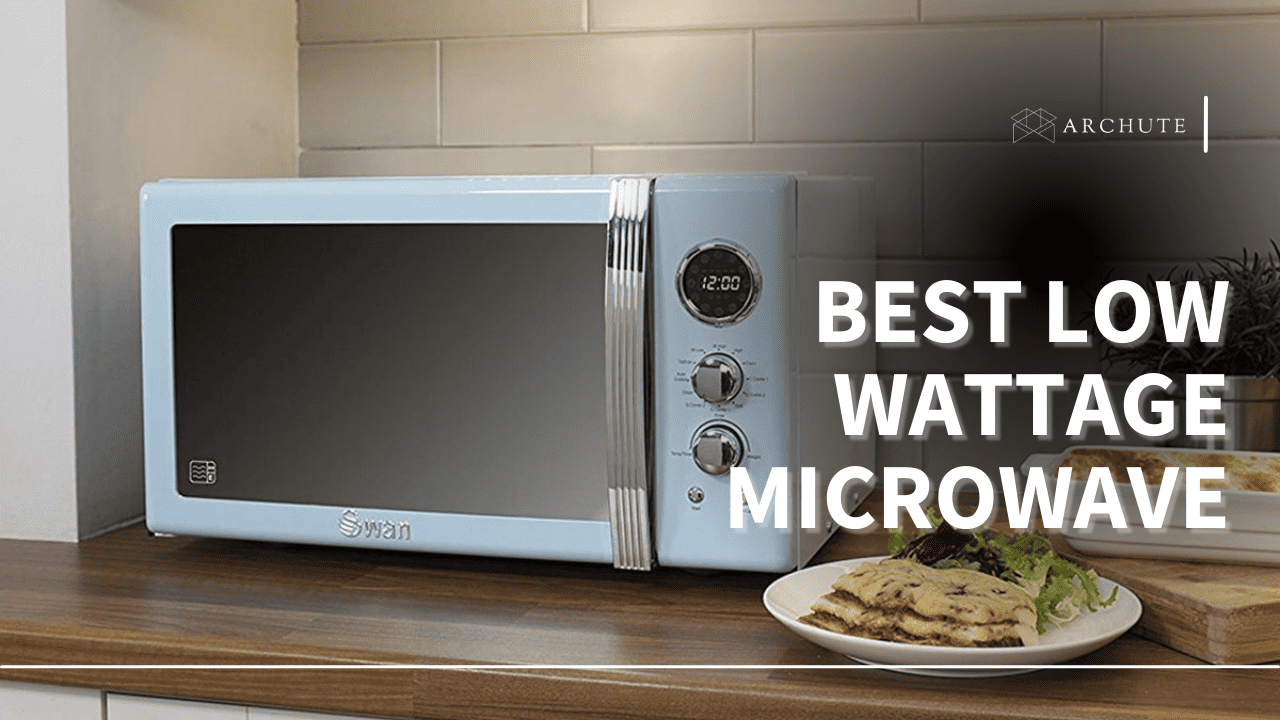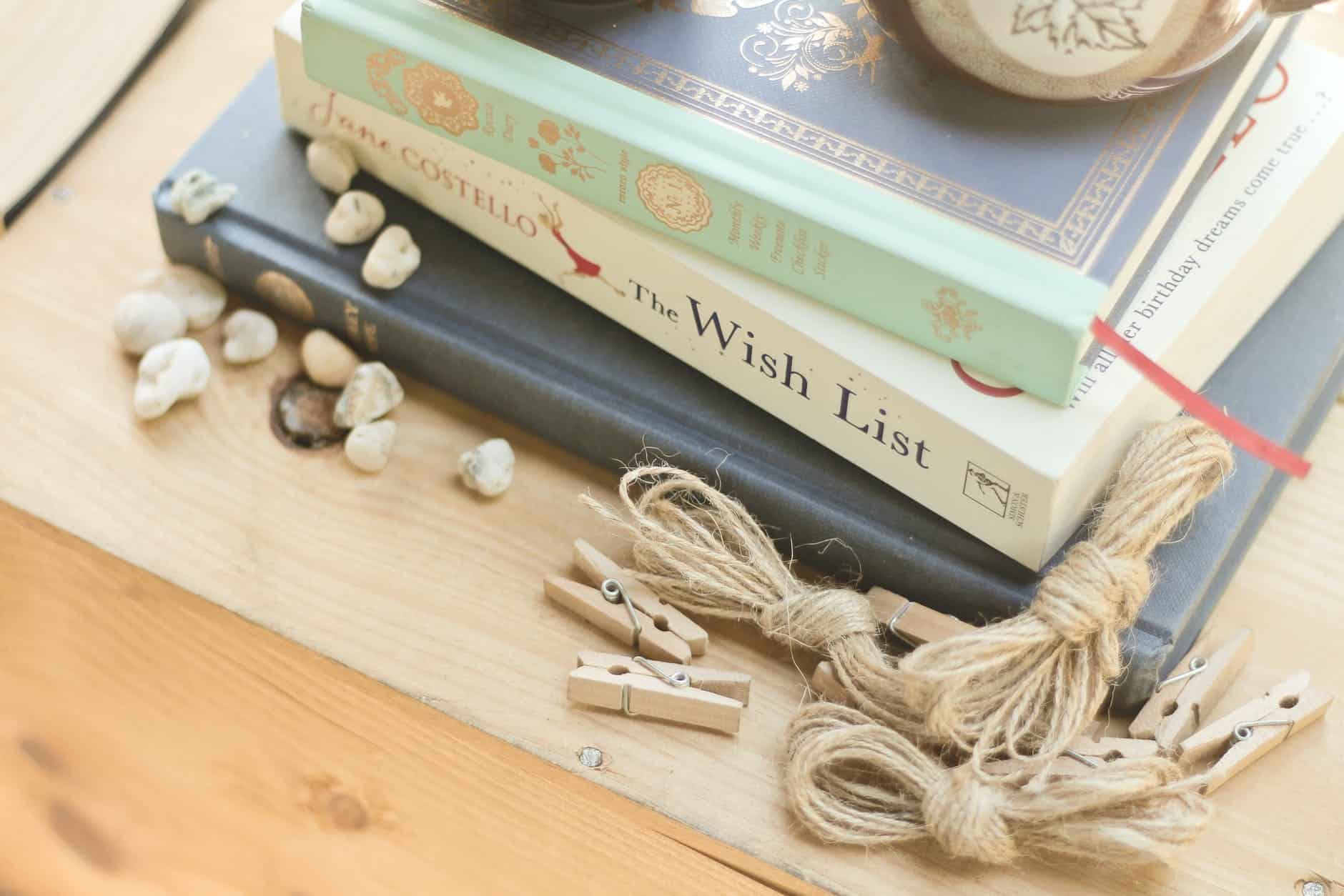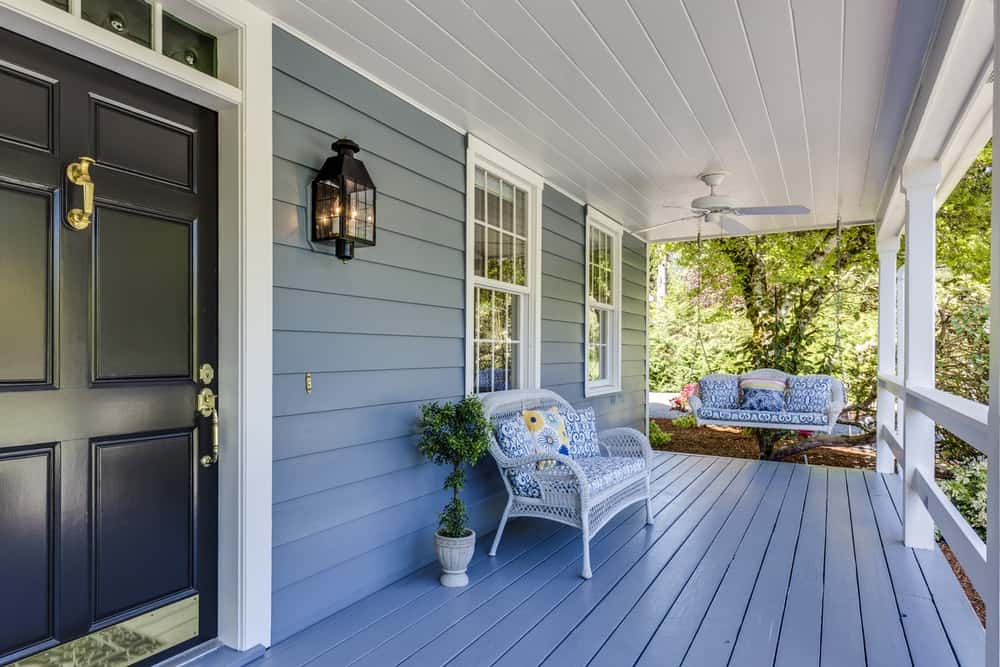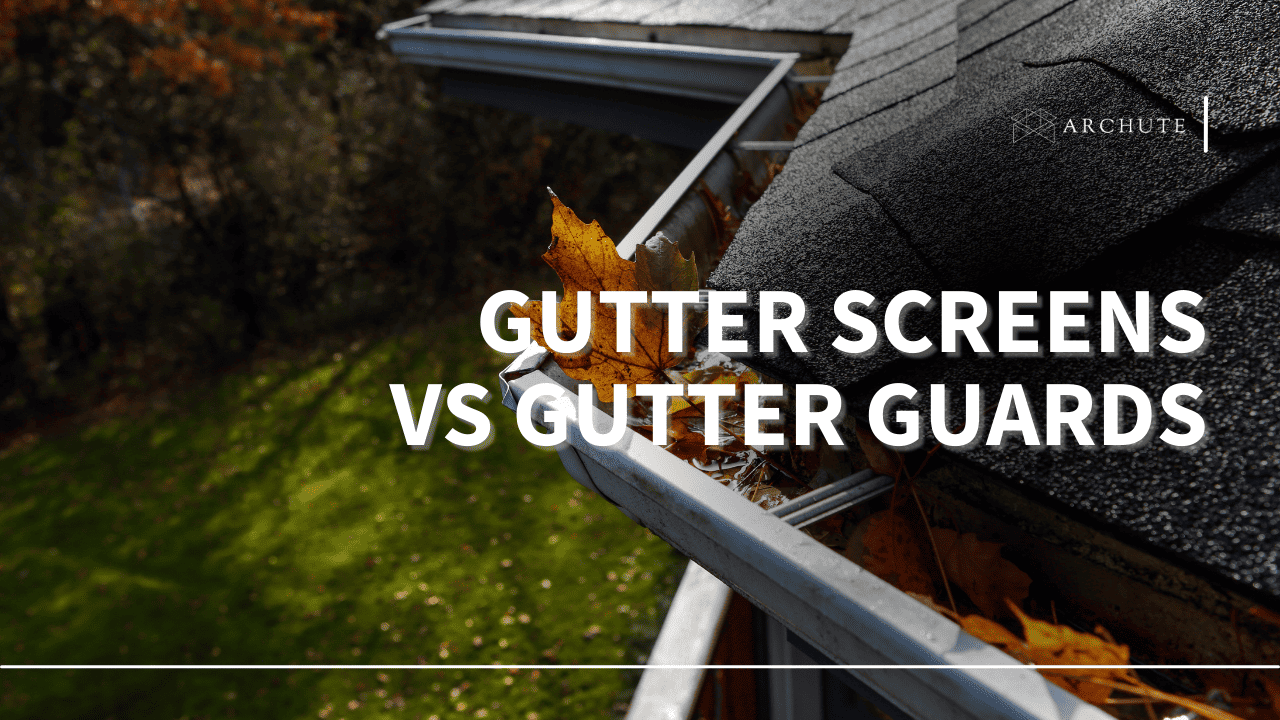It's time for you to forget about the sticking pan that always gives you a hard time when you're frying eggs or pancakes and buy the best nonstick pan available. The nonstick pan is a must-have for cooks of every level, from golden pancakes and fluffy scrambles eggs to crispy fried rice; you won't regret having one in your kitchen. Additionally, you can reduce the amount of oil you usually use with this pan, plus cleaning up is easy when food slides off the surface.
Most people usually think that these pans contain chemicals, but is that really the case. Well, we are here to let you know that most nonstick pans are oven safe and no longer contain Teflon (also known as Polytetrafluoroethylene). Conversely, with lots of options to choose from, picking the perfect nonstick pan can be overwhelming, but we have got you covered. Here are our best nonstick pans, which will help make your favorite morning snacks like cooking eggs and pancakes
1. All-Clad HA1 Hard Anodized Nonstick Fry Pans with Stainless Steel Handle
- 8 and 10-inch fry pans with wide flat base and versatile...
- Hard-anodized aluminum construction for fast, even heating and...
- PFOA-free Scratch Resistant nonstick coating for healthier...
- Stainless-steel handles contoured for a comfortable hold and...
- Oven safe to 500 degrees F (without lids); Dishwasher-safe,...
If one frying pan is not enough for you, the All-Clad Ha1 Nonstick Frypan comes in two sets. The set includes an 8-inch and a 10-inch frying pan, so you will always use the pan you need. These pans are made from aluminum for even heat distribution and have a hard-anodized nonstick finish. Furthermore, They come with a stainless steel base that always keeps them from warping and makes them ideal for use on induction cooktops.
The fry pan set is free from PFOA and resistant to scratches for healthier cooking with less fat. The stainless steel handles are riveted onto the pans for security and designed for a comfortable grip. Also, they are oven safe to 5000 degrees. Furthermore, although they are dishwasher safe, hand washing is always recommended. Clean any cooking leftovers with a mixture of water and baking soda.
Pros:
Cons:
2. T-fal Professional Total, 10.5-Inch, Nonstick Pan, (E93805)
- TITANIUM NONSTICK INTERIOR: Durable nonstick coating that stands...
- THERMO-SPOT TECHNOLOGY: Unique heat indicator that turns solid...
- THICK INDUCTION BASE: Distributes heat evenly resulting in no hot...
- RIVETED SILICONE HANDLES: Provides comfortable and secure grip
- DISHWASHER AND OVEN SAFE: Up to 400°F
The T-fal E93805 Professional Total 10.5" Nonstick Pan has a carbon steel bottom and a titanium interior, making it a PFOA-free fry pan. The titanium interior is usually a durable material that can withstand demanding usage. However, the pan is lightweight, and you should only use it on low to medium heat. Furthermore, you can use it, and it's compatible with different cooktops, including the oven and induction, plus you can use all oven-safe cooking methods with heat equal to 400 degrees Fahrenheit.
The pan comes with a thermo-heat indicator that usually changes to solid red when the frypan set is properly preheated to alert you when it is ready to start cooking. It comes with a thick induction base that allows even heat distribution. Also, it has riveted silicone handles that usually stay cool, so it won't end up burning your hands, offering a safe and comfortable grip. Furthermore, this pan cleans up easily, many thanks to its sleek, smooth nonstick finish inside and outside, plus it's dishwasher-safe; you can decide to toss it in the dishwasher or hand-wash.
However, you shouldn't use scrubbers and harsh detergents. With proper use and care, it's durable and will serve you for a long period. The pan is designed for an ordinary chef looking forward to making sumptuous meals like a pro. We can't forget to mention that it comes with a limited lifetime warranty to guarantee you a long time worth it.
Pros:
Cons:
3. GreenPan Lima Healthy 12-Inch Nonstick Frying Pan with Lid
- GreenPan’s Thermolon healthy ceramic nonstick coating is free...
- Tough Hard Anodized body is scratch-resistant and designed to...
- Oven and broiler safe up to 600°F
- Durable glass lid for easy food monitoring, oven safe up to...
- Riveted stainless steel handle is contoured for a relaxed and...
If you're looking for one of the best nonstick pan models that come with a lid, count on the GreenPan Lima 12" Ceramic Frying Pan. Greenspan is free from PFOA, PFAS, lead, and cadmium, meaning no toxic fumes will be released as you cook, even if it ends up being overheated. Also, it has a tough hard-anodized cooking surface for even heating. Furthermore, it is scratch-resistant, meaning you can use metal cookware for cooking, unlike other nonstick pans and pots.
The pan comes with a riveted stainless steel handle that stays cool and offers a comfortable grip, burn-free cooking even when the pan is on the cooktop. It also features a durable glass lid that you can see through for easy monitoring as you prepare your scrambled eggs. So. you can confidently use it on any cooking surface with an exceptional of induction cooktops. Besides, it's not dishwasher safe, although it is easy to clean with your hands.
Pros:
Cons:
4. Tramontina Professional (80114/535DS) Nonstick Restaurant Fry Pan, 10-Inch
- NSF-Certified commercial-grade 3004 heavy-gauge aluminum
- High-performance reinforced PFOA-free nonstick, dishwasher-safe
- Works with gas, electric and ceramic glass, oven-safe (400 F /...
- Tramontina Item # 80114/535DS - UPC 16017041318
- Lifetime Warranty
You can bet on the Tramontina Professional 10" Nonstick Restaurant Fry Pan for the best nonstick pan that will offer you the value of your money. This pan resembles those that you would find in a professional kitchen. It comes with a heavier weight and a heavy-duty, long handle which makes you feel like the pan could handle the thoroughness of a restaurant without being out of place in your home. Moreover, it is made from NSF-Certified commercial-grade heavy-gauge aluminum material.
Besides the low price, this pan offers high-performance and is PFOA-free and dishwasher safe. It is compatible with gas, ceramic and electric glass cooktops. It's also oven-safe at (400 degrees Fahrenheit. Additionally, it is made in the USA and features a silicone handle guard that allows you a secure and burn-free grip, plus it comes with a lifetime consumer warranty.
Pros:
Cons:
The Three Main Types of Nonstick Cookware
1. Traditional nonstick
Teflon is the most popular coating found in traditional nonstick cookware. Pans coated with Teflon are easy to use and clean; however, the coatings easily wear away. The main issue with Teflon is the deterioration of the PTFE coating, which usually starts to happen at 450-degree. Also, at high temperatures, Teflon usually releases toxic fumes, which can cause respiratory issues, so it's not recommended to use these pans for high-heat cooking.
Additionally, Perfluorooctanoic acid or PFOA is used in the manufacturing process of Teflon, and some concerns remain about the chemicals' effect on the environment and safety in the long term. However, since 2015, all cookware manufactured and sold in the United States and Canada is PFOA-free.
2. Ceramic
The ceramic nonstick cookware's coating is usually made from silica, a component of beach sand. Also, the nonstick pan's interior is either dip-coated or sprayed, then cured by high-firing in a hot oven. Although traditional pans usually need no less than three coatings, the ceramic coating requires just one layer, saving energy and time during the manufacturing process.
Furthermore, ceramic cookware sold in the United States and Europe is must observe the regulations that restrict cadmium or lead. The smooth, glass-like finish usually poses no risk of producing toxic fumes, which is why ceramic nonstick cookware is popular with those who are looking for non-toxic household options. However, the main drawback with this type of nonstick coating pan is that it's more prone to losing its nonstick property faster because of its brittleness and developing surface cracks compared to PTFE.
3. Hard-anodized aluminum
The nonstick surface of this cookware usually differs from ceramic and PTFE surfaces in that it's part of the pan, not layered on as nonstick coatings. The hard-anodized pan is usually made by an electrochemical process that toughens soft aluminum core, making it sturdier than stainless steel and giving it an oxidized upper layer. This upper layer is nonstick and harder than applied nonstick coating. Furthermore, hard-anodized aluminum can withstand higher temperatures, endures scratches from metal utensils, and won't react with acidic foods. It's the most durable nonstick cooking surface because it's scratch-resistant; not susceptible to flaking or chipping.
Factors to Consider When Choosing the Best Nonstick Pan
1. Size and weight
When looking for the best nonstick pans, consider the size and weight. If you want a pan that will cook breakfast for one or two people, a small-sized pan will save you storage space. A nonstick skillet should be about 10-inch. It is roomy but still not too bulky to store in a squeezed kitchen.
Conversely, it would be best if you looked for a nonstick skillet that is mid-weight since an extra lightweight one will be fragile with time as you cook and ending up gaining heat very quickly. Therefore, go for a pan and cookware that has some heft. Although heavy-weight nonstick pans usually let you work a great sear, they may be a bit difficult to lift.
2. Material
When shopping for the best nonstick pan, ensure you consider the material since these pans can be manufactured out of different types of base material, which will greatly help determine how well they conduct and maintain heat. The most popular and lightest material used in making these pans is aluminum, which usually conducts heat well and is used in making different cooktops ( although the search for one with a stainless steel base, that is, if you have an induction cooktop).
Furthermore, stainless steel is also a popular choice; these pans are likely to be heavier, with a more considerable thickness that makes them less likely to dings and dents. Conversely, copper is another great choice since it has superior heat conductivity and is usually very responsive to changes in heat. Finally, when it comes to interior materials, there is hard-anodized aluminum, Polytetrafluoroethylene (PTFE), and ceramic.
3. Dishwasher & oven-safety
It would be wise to confirm whether the cookware is dishwasher and oven safe when buying the best nonstick pan. Pans and cookware that you can safely wash in the dishwasher will save you energy and time rather than scrubbing. However, you should know that hard-anodized metal can withstand multiple washes, while other nonstick coating designs can wear out a bit faster with repeated washing. Conversely, oven safety is handy, especially in certain dishes. This feature usually lets you move the pans and cookware without Teflon from the cooktop to your oven so it can stay warm or finish cooking.
4. Panhandle
Don't forget to consider the panhandle when looking for a nonstick frying pan. Some of these frying pans usually have silicone-wrapped handles. They stay cooler even as you cook and are usually more comfortable holding bare hands than metal handles. Also, the handles allow placing the pan on and off the cooktop.
Frequently Asked Questions on the Best Nonstick Pans
1. How can I season a nonstick fry pan?
You don't need to season a nonstick coating pan before first use, although there're some exceptions. However, with time, you might need to re-season your frying pan to restore its nonstick properties. To achieve this, heat some canola oil or butter in the pan on a gas stove. Then after a minute or two, turn it off, let the frying pan cool, and then wipe out the extra oil with a paper towel. Besides, you can use Ghee to re-season your pan. Avoid cooking sprays because they can cause buildup that eventually causes your food to stick to the pan.
2. What type of pans do chefs use?
Professional chefs usually vouch for using copper, cast iron, and carbon steel pans. Carbon steel pans contain 99% iron and 1% iron and have a tougher yet lighter and smoother surface than cast iron pans, so many chefs prefer carbon steel cookware in active kitchens.
3. Are ceramic nonstick pans better than Teflon?
The ceramic coating doesn't contain carbon and is PFOA-free. They come in lots of mineral-based blends, and most people believe it to be much safe than Teflon. Although Teflon and ceramic cooking surfaces are nonstick, Teflon is better in preventing your food from sticking when it comes to performance.
4. Can I use nonstick pans on an induction stove or gas stove?
Most nonstick coating pans and cookware function well on gas, halogen, and electric cooktops; however, always confirm the manufacturer's instruction to be on the safe side. In addition, aluminum ( which isn't induction friendly) is usually the most common material used to construct most of this cookware. So, if you've induction cooktops, search for a pan with a stainless steel base that specifies it's compatible for use with any stove.







